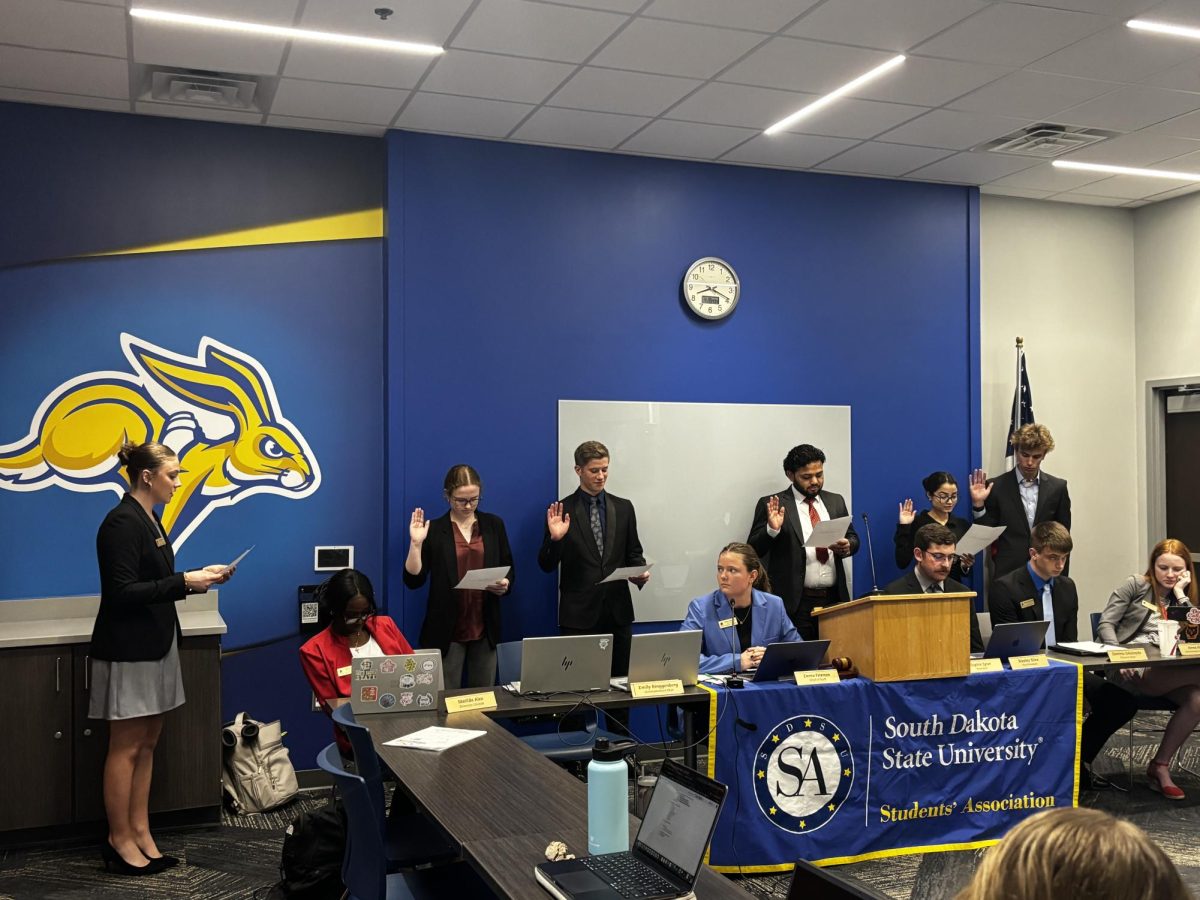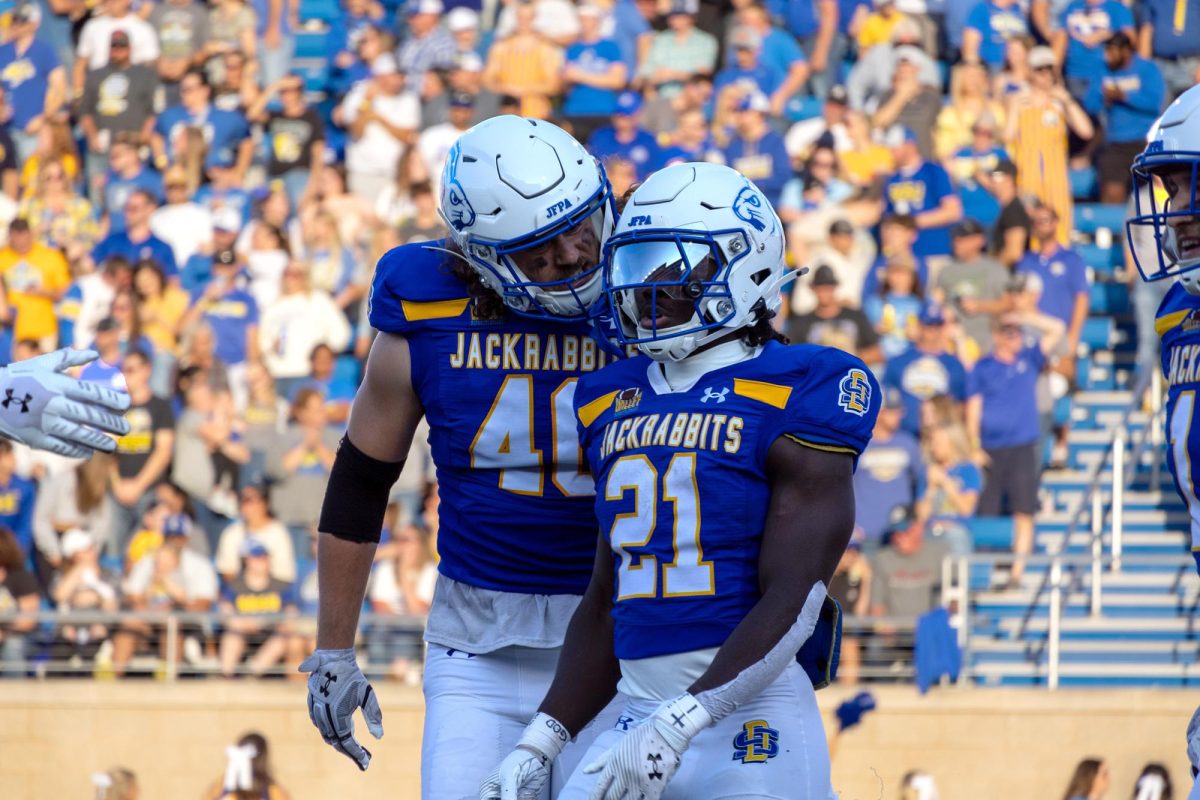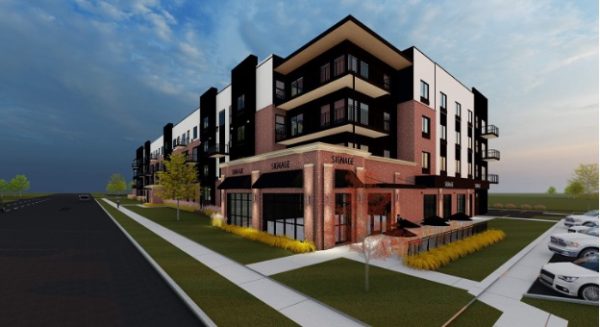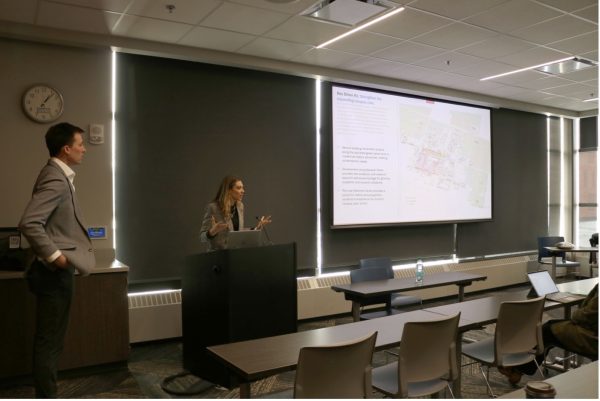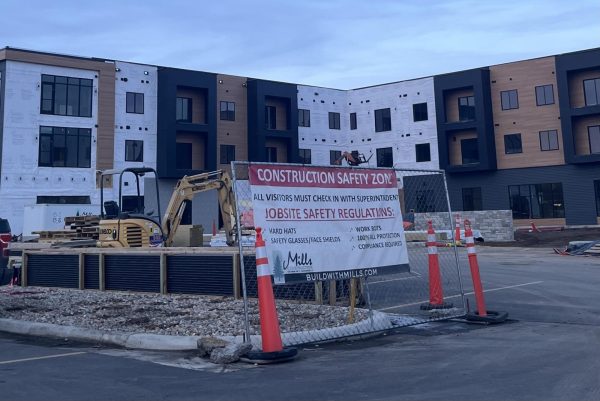Hobo Day history: nightshirts and bums
November 2, 2004
Edward Kearns
For 92 years, Hobo Day has been the biggest event at SDSU. The tradition came to students only when their original idea did not work out.
“There was a group that tried to figure out what we could do to bring young men and young women together in a good old college environment,” says V.J. Smith, executive director of the SDSU Alumni Association.
In 1907 the “Nightshirt Parade” was born. No one is sure why the nightshirt theme was selected although it may have been because the parade was held at night.
The students created a large bonfire on campus, the men dressed in nightshirts and the women draped in sheets. They sang songs, gave speeches and sounded off with new college cheers. After that, they lit torches and lined up behind the band and made their way toward town.
“They assembled at the depot to give the incoming football team a warm reception, but here they met with the first disappointment of the evening,” states the 1909 yearbook. “The Wesleyan eleven was accidentally delayed and did not arrive until the following morning.”
Our Hobo Day tradition would have never come about if the administration had not decided to put an end to the Nightshirt Parade. A 1924 publication of the Industrial Collegian reported that authorities said it was “undignified and unseemly for college women to roam the streets of Brookings draped in sheets.”
According to the book College on the Hill it was student Adam Dutcher who brought the idea of Hobo Day to the college.
“Dutcher had seen a Hobo Day celebration at the University of Missouri,” Amy Dunkle writes. “The event failed there because too many authentic hobos turned out and scared off the college students.”
The then-named South Dakota State College worked with local law enforcement to avoid the same problems on the Brookings campus. In the end, the campus newspaper called Hobo Day a success.
During the first Hobo Day, men were expected not to shave after Monday morning. There were no classes after 10 a.m., but students were also expected to wear costumes to the first two classes of the day. Men dressed as hobos and women dressed as “fair Indian maids.”
By the fall of 1913 Hobo Day had become tradition. But in 1914 the college nearly lost the hobo forever.
Following the 1913 festivities the Collegian staff asked for a change of name to “shift towards a more meaningful and historically correct focus than on bums,” writes Dunkle. After his appointment in 1914, President Ellwood C. Perisho joined the argument, wanting to change the name to “Dakota Day.” It was too late – Hobo Day was an integral part of campus life.
A float building competition became one of the largest activities students participated in. The floats were elaborately constructed leading up to the parade. Over the years pharmacy students dominated the competition.
In 1939, Frank Weazel donated a 1912 Model T Ford to the Students’ Association. Christened the Bummobile, the car, made the same year as Hobo day began, became one of the most recognized symbols of the tradition.
Now in it’s 92nd year, the tradition has held firm at SDSU. Only twice in its long history has the event been canceled – in 1918 and 1922.
Hobo Day is truly one of a kind – the only Hobo Day in the country. It has stood the test of time and will likely be a part of this campus for many generations to come.
#1.885748:3403564079.jpg:cover1.jpg::





